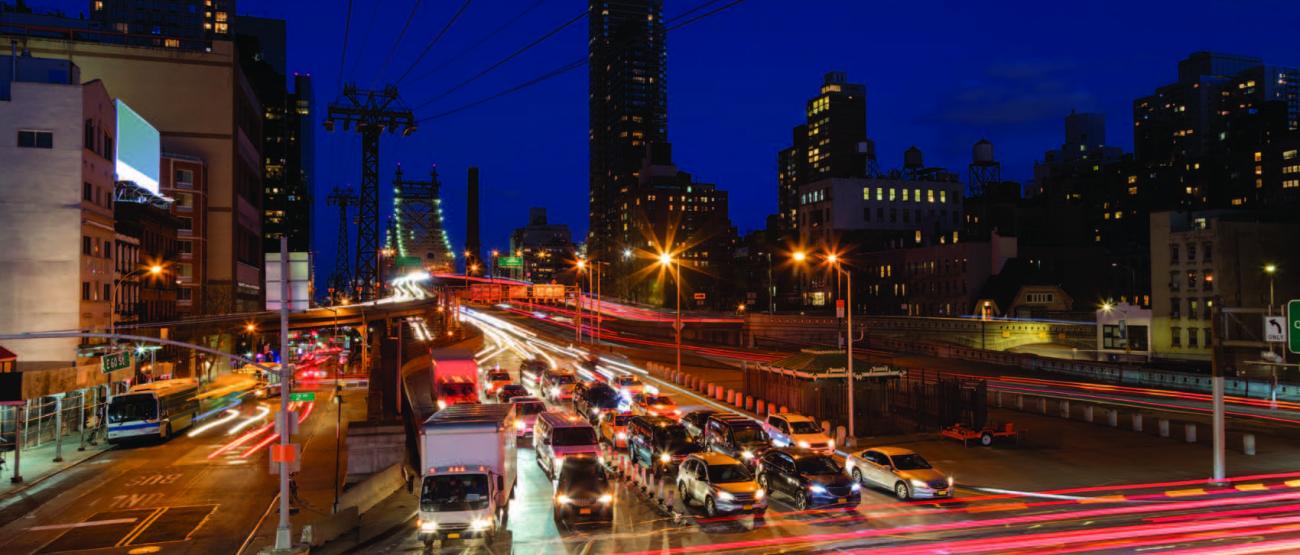Tweaking Freight Delivery Patterns May Have Environmental Benefits
Tweaking Freight Delivery Patterns May Have Environmental Benefits

As online commerce drives up the number of deliveries being made each day throughout the country, relatively small changes in the timing and frequency of freight deliveries — such as switching the standard delivery window from day to night — may have significant environmental and economic benefits, according to experts at Rensselaer.
To further examine how changing the behavior of supply chains could reduce energy consumption, a Rensselaer research team — with the support of a $2 million grant awarded by the U.S. Department of Energy in 2017 — will soon start collecting data from trucks making deliveries in, around, and between Albany and New York City. The researchers are interested in examining transport in congested areas as well as long-distance travel, including the use of barges and ships.
“The goal is to use a public and private collaborative approach to induce increases in the performance of supply chains — in essence trying to make delivery faster, more efficient, and result in a smaller amount of negative externalities like pollution and congestion,” says José Holguín-Veras, professor of civil and environmental engineering.
Holguín-Veras’ previous research has shown that implementing behavior changes can reduce transportation and delivery costs, as well as emissions. A key example is the Off-Hour Delivery program designed by Holguín-Veras and his team, which was implemented in New York City.
Data his team collected and analyzed showed a significant benefit to commuters, businesses, and the environment when deliveries were made between the hours of 7 p.m. and 6 a.m.
This shift in scheduling is effective because trucks that are traveling on less congested roadways can take more direct routes, cutting down on miles traveled and time on the road. The trucks’ engines operate more efficiently, emitting less pollution, because the vehicles can move more quickly and aren’t constantly stopping and going.
“For every receiver that switched deliveries to the off-hours, we estimated that the total amount of travel saved for the commuters in the city was 10 days,” says Holguín-Veras.
“The number of freight trips in New York City is larger than the number of deliveries when New York City was a manufacturing powerhouse in the 1960s,” Holguín-Veras says. “Because of the gravity of climate change, we need to use collaborative approaches involving the public and private sectors and researchers to find solutions not only to benefit the environment, but also to increase economic productivity.”